Email is one of the most difficult digital marketing methods to grasp. While email marketing is still effective, it is also true that email is a difficult channel to use due to the volume of competition for a limited amount of reader attention.
Consider your inbox; chances are you've been effectively advertised to via email, and you may have even made a purchase as a result of receiving an appropriate message. However, an incalculable number of emails fail due to either a) poor execution or b) ending up in your spam folder and never being seen. Even when you do receive emails, there are so many that you only read a few of them, usually based on the most enticing subject lines.
In this article, I will discuss ten advanced email marketing strategies that can help you improve your email marketing results. Let's get right to the point!
10 Advanced Email Marketing Strategies to increase sales
1. Know Your Audience

One of the first steps in creating an effective email strategy for your ecommerce business is determining who you want to reach out to. Investing time in understanding your target audience is critical to your current and future success.
When you send an email to your list (or a portion of your list), you create an opportunity to interact directly and personally with your prospective customers in ways that Facebook and Twitter simply do not allow. You are wasting your time and possibly jeopardizing your reputation if you send communications that do not resonate with your subscribers or motivate them to act.
-
Tip #1: Access Your Customer Data - If you haven't already, invest time diving into your existing customer data to better understand your customers. Look for patterns in age, geography, and spending behavior. You most likely have a sizable number of subscribers on your list who have never purchased from you. Use the information you can gather from previous clients to inform how you communicate with potential customers.
-
Tip #2: Create Audience Personas - If you want to think about who your target audience is in a broader sense, work with your team to create a few audience personas that you can refer to and enhance over time.
-
Tip #3: Examine Data from Your Social Media Pages – Your social media page statistics can also provide you with a plethora of information about your audience. Investigate demographic and interaction data for ideas on what type of material to deliver to your email subscribers and when to send it to them.
Once you've determined who your target audience is, you can consider how you want to communicate with them through email campaigns.
2. Build an Actual Strategy

If you're like many other ecommerce business owners, you've probably never taken the time to sit down and create a proper email marketing strategy for your company. However, developing a specific strategy for what to do. Here's why:
-
A strategy can assist you in focusing. You may take email marketing in a variety of directions. A technique can assist you avoid becoming too distracted. It can assist you in prioritizing your efforts and focusing on the most important topics.
-
A plan can assist you in determining what works and what does not. It's difficult to determine what's working and what isn't if you don't have a clear strategy in place.
-
A strategy can allow you and your team to stay on track. A strategy can assist you and your team meet deadlines, prioritize tasks, and achieve your objectives.
-
A plan can assist you in establishing specific goals. A strategy requires you to consider why. It forces you to consider why you want to send emails to your list and what you're trying to accomplish.
-
Over time, a strategy can be built upon and evolved. It can feel like you're beginning over every 6 months if you don't have a clear strategy in place. You have no idea what worked, what didn't, or why you chose one campaign over another. When you have a strategy in place, it is easier to learn from the past and consider what you need to do differently in the future.
-
A plan can pass through to many people. You must be able to delegate responsibilities as an ecommerce business owner in order to expand your business. When you take the time to develop a clear email strategy, it becomes much easier to delegate duties and tasks to someone else in your team.
Email marketing should never be put off until the last minute. It necessitates the same level of attention that other areas of your organization receive on a daily basis. You should not consider it a one-time strategy to be used whenever you need a sales boost.
To get the most out of the channel, consider the message that individuals on your list are receiving from your company deliberately, proactively, and frequently. You must think about the big picture. Customer journey mapping comes into play here.
3. Provide Appealing Sign-Up Freebies

People do not give out their email addresses lightly. You must offer a compelling reason for people to sign up. People, fortunately, enjoy receiving freebies.
Consider the following lead magnets that meet these requirements:
- particularly appealing to your target demographic
- related to the material on the pages where they would sign up
- Relevant to what you're selling
4. Map The Customer Journey
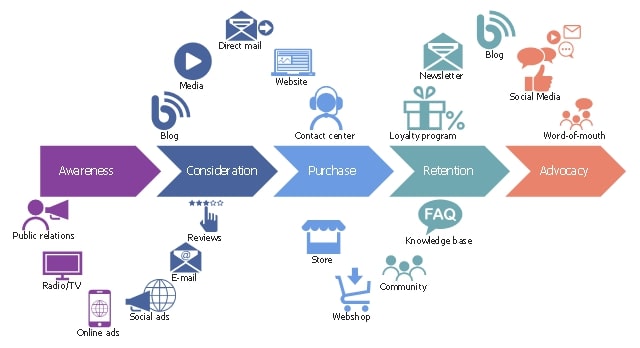
One of the most common ecommerce email marketing mistakes is sending only promotional emails to your leads. If you're new to ecommerce, it can be difficult to think about what types of emails to send aside from those that provide discounts and free shipping alerts, but there are a variety of additional campaigns you can and should send in order to nurture relationships and build loyalty.
Work on sketching out the actual journey that a typical customer who buys from you takes to go beyond the sales email and identify where the opportunities are. The customer journey, or buyer journey, is unique to each company, but here is an example of what one might look like:
As you can see, your prospects will go through a few key stages as they progress toward purchasing. The stages are: awareness, consideration, purchase, retention, and advocacy.
Your goal as an email marketer is to figure out how to use email to help consumers progress through the conversion and advocacy funnels.
Here are some email examples to send at each stage of the customer journey:
- Awareness: Welcome Emails, Blog Post Emails, Product Education Emails, Company Origin Story Emails.
- Consideration: Video Emails, Product Feature Emails, Abandoned Cart Emails, Promotion Emails, Customer Story Emails.
- Purchase: Order Confirmation Emails, Promotion Emails, Shipping Confirmation Emails.
- Retention: Thank You Emails, Promotion Emails, Feedback Emails, Recommended Product Emails, Video Emails.
- Loyalty: New Product Emails, Special VIP Offer Emails, Blog Post Emails.
- Advocacy: Referral Offer Emails, Customer Delight Emails, Customer Story Emails.
5. Create segmented lists of your clients’ subscribers

Once you've gathered enough relevant data points, creating various segmented lists will allow you to send personalized emails on a large scale. Assume your client is a car dealership in Texas offering a special deal.
You can choose to target subscribers in Texas between the ages of 25 and 45 in order to send them personalized email campaigns.
The goal of segmented lists is to ensure that each subscriber receives content that is specifically tailored to them, making it more engaging and personalized. A Janrain survey found that 74% of internet users are dissatisfied when they receive content that is irrelevant to their interests.
These categories give each subscriber the impression that your clients' brands understand who they are and what matters most to them. The segments help to build brand loyalty when subscribers come to trust your customers' brands as a result of the relationships you develop for them.
6. Write Like a Human
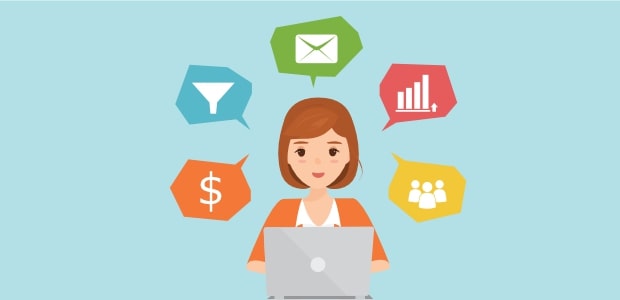
To persuade your email subscribers to take the action you ultimately want them to take, you must engage with them on a personal level. To be effective, you must not only send the right types of email marketing, but you must also ensure that the messaging in your campaigns is relevant to your target demographic.
When it comes to email marketing, the words and writing style are crucial. Incorrect message or placement can result in not only low CTRs, low open rates, and a lack of sales, but it can also cause them to unsubscribe from your list completely.
Concentrate on writing as if you were a real person with a distinct personality to ensure that you're producing messages that will resonate with your audience. Nobody wants to be sold to anymore; instead, they want to feel personally and authentically connected to the companies from which they buy.
To ensure that your email marketing campaigns have personality, style, and voice, keep the following suggestions in mind:
-
Tip #1: Avoid being too witty or funny. When you try too hard to sound creative or amusing in your email text, it can come across to receivers as inauthentic or aggressive.
-
Tip #2: Make use of active voice. Rather than saying, "the product will be shipped to you," say, "we're shipping your product to you very soon!"
-
Tip #3: Write as though you were speaking. Read your copy aloud to your subscribers before launching an email campaign. If something sounds funny or out of place to you, it will sound strange to your subscribers as well.
-
Tip #4: Confirm that your emails are coming from a real person. Use no-reply email addresses and don't leave emails unsigned at the bottom. Instead, give your email campaigns individuality and a human touch by having them coming from a real person who can sign their name at the bottom of the message.
-
Tip #5: Don't be afraid to use exclamation points, emoticons, or ALL-CAPS. The goal isn't to write the perfect business email; rather, it's to produce an email that connects with your audience, nurtures them, and eventually convinces them to try one of your goods. For certain brands, this may include breaking the rules and freely using exclamation marks, emoticons, or CAPS in emails.
Your subscribers receive a large number of emails from various brands every day. Humanizing your email campaigns allows you to cut through the noise and develop closer relationships with the people you want to convert.
7. Look for Personalization Opportunities
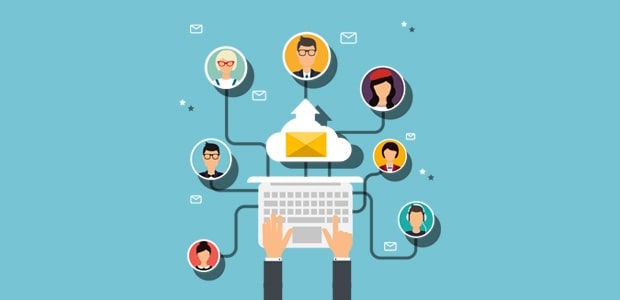
Another important aspect of effective email marketing is personalization. You must make individuals on your list feel as if they have a personal relationship with you if you want them to visit your product pages and buy from you. Personalized emails can help you establish and nurture relationships, alleviate anxiety, create excitement, and motivate action.
Consider the following SmartrMail statistics, which show the power of personalization in email campaigns:
- Emails with personalized messages are opened at a rate that is more than 30% higher than those without any personalisation.
- Personalized emails have a six-times increase in transaction rates.
- Eighty percent of consumers prefer it when retailers send them emails that recommend products based on their previous purchases.
You can personalize your ecommerce emails in a number of ways. Here are a few recommendations:
- Subject lines with first names and greetings product recommendation blocks that are tailored to each subscriber email campaigns based on seasonality or holiday
- Emails from abandoned shopping carts
- Viewing past emails that contain unique offers for certain geographic locations
8. Ask for Feedback

The third method for increasing the ROI of your email marketing efforts is to solicit regular feedback from your subscribers and customers on their interactions with your company. This type of feedback allows you and your team to make decisions based on more than just assumptions or numerical data. It gives you a qualitative perspective that you would not have gotten without the help of your subscribers.
Ideally, you should solicit feedback throughout the customer journey. For example, you should ask your subscribers if they have any questions about your products (before conversion)
- They are satisfied with the frequency with which you send emails to them.
- They love the type of material you deliver to them.
- They believe the offers and promotions you send are intriguing and relevant.
- They are pleased with the things you have delivered to them (after conversion)
- They would be willing to spread the word about your products and company to their friends.
- They have any issues or reservations concerning their shopping trip?
Regularly sending feedback request emails will not only help you build trust and strengthen connections with subscribers and customers, but it will also provide you with the knowledge you need to improve and expand your business over time.
9. Use dynamic content with engaging design
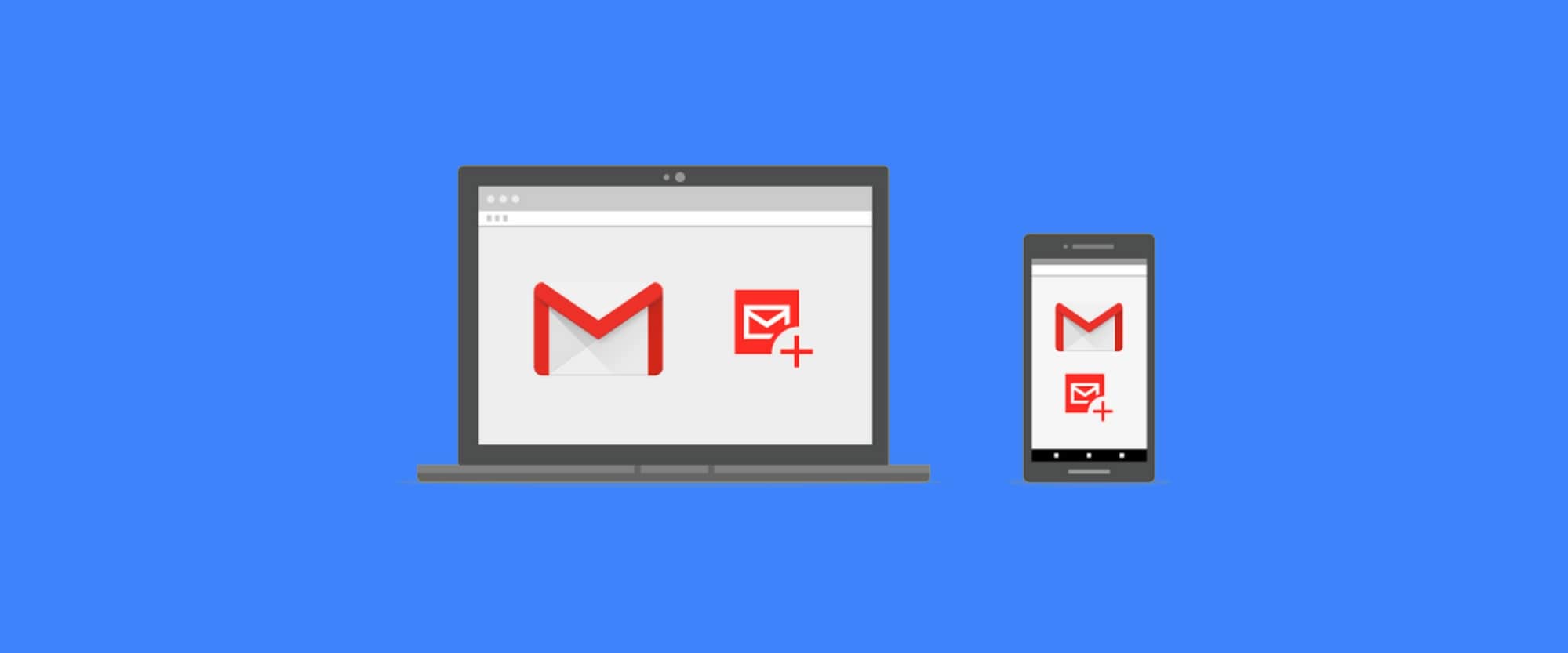
While marketing automation and data points are critical components of effective email marketing, they will have no impact on your clients' subscribers unless the content is dynamic and the design is appealing.
Subscribers want to be able to connect with your brand on a personal level. Dynamic storytelling content, as well as informative, entertaining, and thought-provoking pieces, can help you build strong relationships with your customers' customers.
Visuals and design templates in your emails are just as important as text. Using unique email design grids, pictures, graphics, and colors can help capture each reader's attention. It is also critical to use responsive email design, as mobile devices account for 63 percent of email opens.
One of the most important aspects of any campaign is having a "stand-out" CTA. A CTA's placement, colors, and wording all influence whether or not a subscriber clicks on it.
10. Automate your email marketing campaigns

Marketing automation tools and strong marketing teams are the most effective resources for putting these strategies into action.
Marketing automation allows you to collect high-quality contact information, create segmented lists, deliver targeted content at scale, and even use compelling email design templates. Marketing automation will also help you learn more about your customers by utilizing data analytics and integrations.
You can look at statistics that go beyond click and open rates to see where your traffic is coming from and how each subscriber interacts with your email campaigns. These tools will help you reach the right people at the right time with tailored communications.
It is critical to identify the right tools for your agency and your clients. You and your client could manage the software together, or you could white-label the product and manage it on your own. Make sure the software has the features you need, regardless of how you manage it.
Those are 10 effective email marketing strategies I want to give you. Thank you for reading
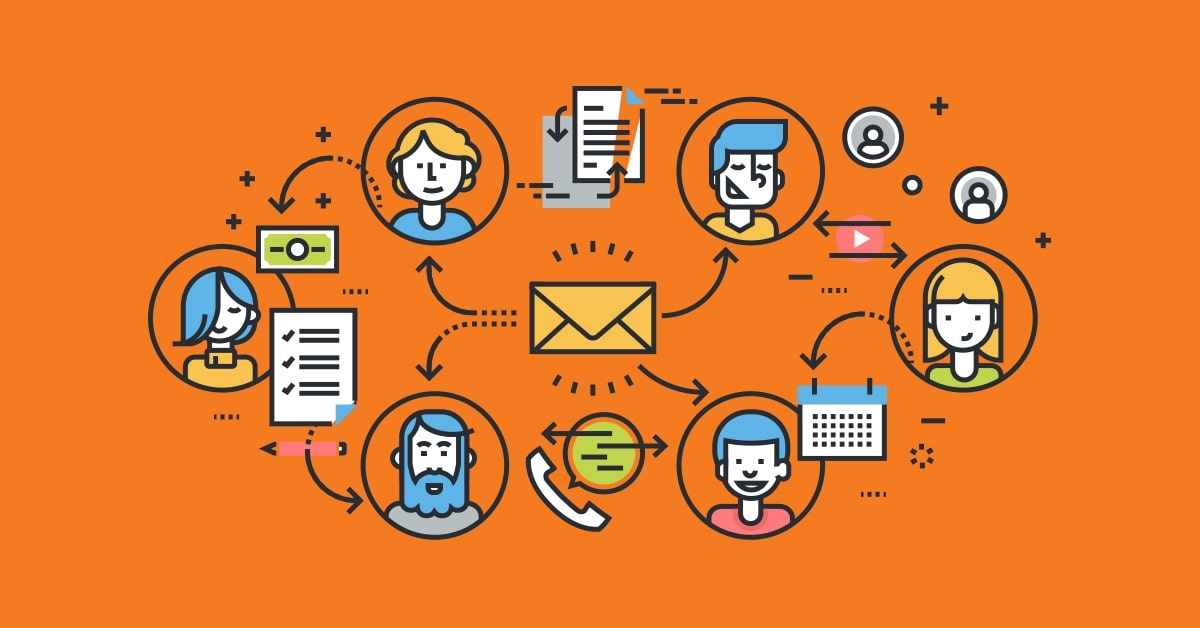

No comments yet